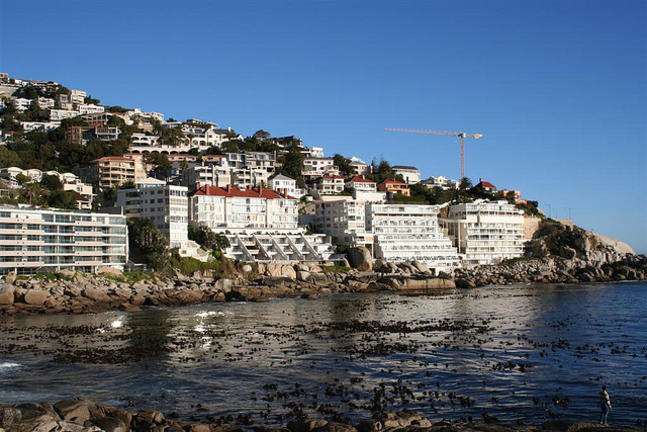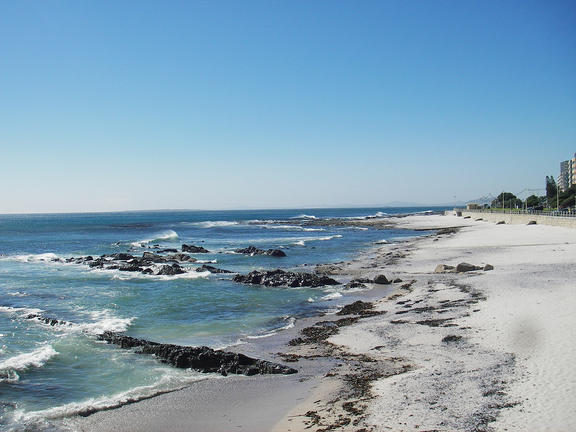Cape Town is famous for its wind. Wind that can be said to have a mind of its own. But Bantry Bay is not only a secluded paradise, but a protected one as well. As a result, it can be said to be wind-free. With approximately 290 windless days a year, the sunny, mild climate and the fact that it is within walking distance of some of the most beautiful blue-flag beaches in Cape Town makes Bantry Bay definitely worth a visit.
The first settlement here was established in 1783. This beautiful bay with its almost perfect climate was then known as Botany Bay, because of the botanical garden planted there to cultivate medicinal herbs. The bay is overlooked by Lion’s Head and sits on an eroded outline of sandstone on its rocky coast. And it was this sandstone which so impressed Charles Darwin.
In April 1836, Charles Darwin, at the time a self-funded research assistant, on his epic 5-year voyage on the HMS Beagle arrived in Cape Town. During his stay he made pivotal geological observations related to the origin and nature of granite. There is, in fact, a blue plaque on the seashore commemorating his stay.
After the First World War, the name was changed to Bantry Bay. This now affluent Capetonian suburb in South Africa’s Western Cape, is an exclusive suburb, also known as the Platinum Mile, is 10 minutes from the Cape Town CBD, and 40 minutes from Cape Town International Airport.
Bantry Bay has extraordinary views, which can be enjoyed on long, lazy walks to the beach. Close to Table Mountain you can either climb Lion’s Head, or Table Mountain, the only flat-topped mountain in a city, and one of the Seven Natural Wonders in the World, to have even more spectacular views break open before you. Bantry Bay has a long and fertile history and provides visitors with abundant natural beauty, spectacular sunsets, pounding waves, and shelter from the wind. It’s also only 5 minutes away from the V&A Waterfront.

